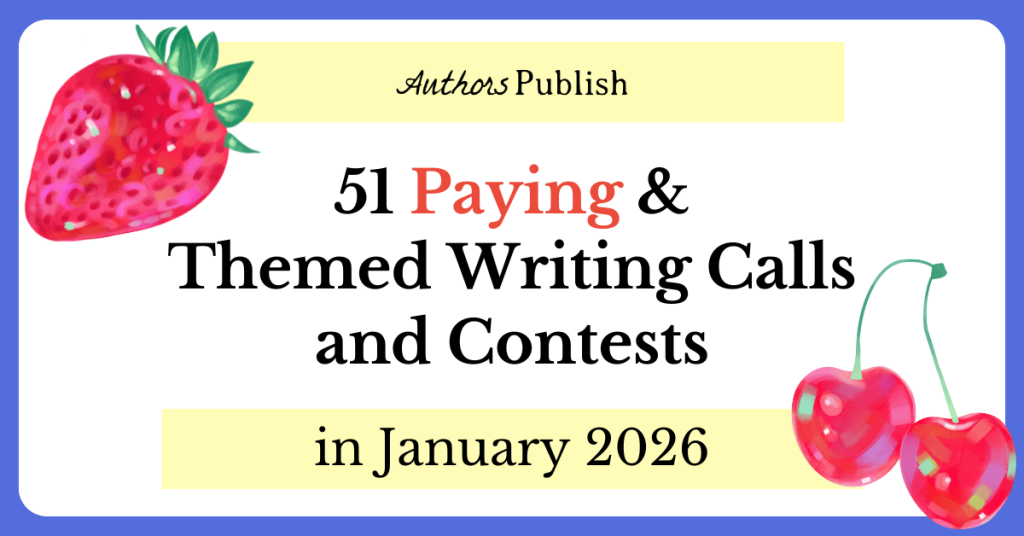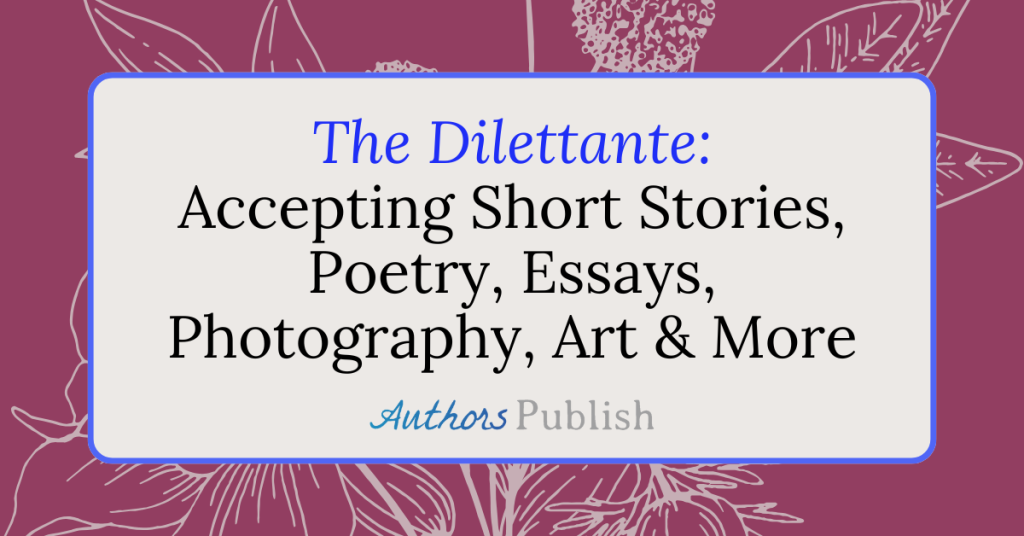By Ratika Deshpande
Revision often feels like an insurmountable task and can take much longer than actually writing the first draft of a story or novel. Here are some ways to make the process easier:
Take a break to distance yourself from the story (and relax)
I start the revision process as soon as I’m done with the first draft—by putting it away for anywhere from several hours (if it’s a blog post that has to be published the same day) to several weeks or even months (in case of short stories).
Working continuously on a project, regardless of its length in terms of word count, can make it difficult to look at the big picture. And so, it’s not easy to notice what is and isn’t working. The best thing to do, then, is to take a break and distance yourself from the story. Relax for a while, read something different, or do something that’s totally unrelated to writing, editing, or the topic of your project.
Read and divide
When you return to your manuscript, read it to get an idea of what the overall work looks like, then break the piece down into smaller parts. If you’re working on a novel, tackle one chapter at a time. If it’s an essay, focus on one section. If it’s a short story, focus on one scene.
When you work on one chunk at a time, you take pressure off of yourself. You won’t have to worry about revising the whole project, just the part that’s right in front of you. This will make the task seem less daunting as well as less boring because you won’t have to spend all your time on revision (unless you want to, of course).
Choose one layer at a time
Revision involves several layers. For example, when editing a short story, I have to check that it has a proper beginning, middle, and end. Then I have to make sure the character names and spellings are consistent (I write fantasy stories), ensure there are no unexplained scenes or characters, format the manuscript properly, and proofread the whole thing.
When I was younger, I used to try to finish editing as soon as possible by working on multiple layers at once. It got frustrating pretty soon, with the result that I put off editing stories for months and years and so didn’t have anything to submit to magazines and contests.
I now focus on just one layer at a time, otherwise I lose track of the progress I make with each layer and have to start all over again. If I’m making structural changes, for example, I don’t start fixing spelling errors halfway through.
Play around with the format and the medium
Sometimes, familiarity becomes a problem not because you’ve been working on the same project for too long, but also because you’ve been using the same font and/or medium. When I start revising a piece, I usually begin by changing the font, its size, and/or color. When I see the same words displayed differently, I almost always catch errors that I’d missed earlier, be it typos, missing words, or sentences that don’t make sense.
Changing the medium also helps, so if printing out your manuscript is a feasible option for you, give it a go–the folks at The Atlantic do this too.
Use an editing checklist
English is my third language, so I keep an eye out for mistakes I’m likely to make as a non-native speaker, such as using the wrong idiom. I also find prepositions particularly tricky. So I refer to an editing checklist and go through it as a final check.
My list has changed over the years and I don’t always use it—sometimes because I’m on a tight deadline, at other times because I’ve memorized many of the checks. But it roughly consists of the following:
- Replace adjectives and adverbs with nouns and verbs as much as possible.
- If some words/phrases occur close together in the text, replace them with synonyms, or delete them.
- Replace big words with smaller, simpler ones.
- Use the Hemingway editor.
- Avoid overusing:
- em dashes
- Brackets
- Sentences that go “or-or-or” or “and-and-and”
- “But”
- “Plus”
These suggestions come from years of reading articles on editing (instead of actually editing) and from my own observations. For example, I noticed while editing my blog posts that I used the word “plus” a lot, not to mention em-dashes and brackets, so I made a note to reduce their use. It’s one thing to develop your style, and another to overdo it and make the text difficult to read. My overuse of the words and punctuation marks above was doing the latter.
This isn’t a universally-applicable checklist. You can find countless pieces of writing that break the above “rules” and still read very well. You’ll also find tons of stories and essays that follow every single editing rule espoused by famous writers, yet still need a lot of work.
In the end, what you choose to edit in/out and how you choose to do it depends on what your goals are for each project. This is what has worked for me. Your mileage may vary.
Bio: Ratika Deshpande is the editor of The Metronome, a bi-monthly magazine for people who want to study psychology and make a career in the field.






